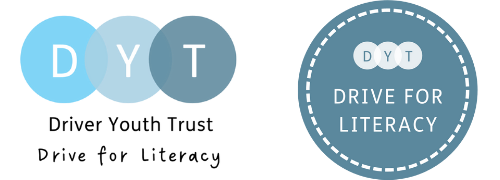
Holding off on claiming your ‘catch-up’ funding? Here’s how you could get the most out of it
26/10/2020
Whilst welcome, I think that we can all agree that £1billion catch-up funding will not be enough to deliver the ‘long-term reform to the education sector’ as claimed by Gavin Williamson.
Right now, a portion of the fund remains unallocated, with many schools holding off from claiming their share. The challenge for leaders is figuring out how best to use that funding to support learners who may be struggling. Our CEO, Chris Rossiter, recently wrote about deploying specialists across your Trust or school. To give a more integrated perspective I wanted to consider how you can target the funding to not only provide much needed catch-up, but also to achieve sustained improvements by using this funding to complement the resources you already receive for pupil premium and SEND.
So, how can you use this funding?
There haven’t been any limitations set around the £650 million in funding directly allocated to schools. Whilst it seems some schools are hesitant to spend this funding, not claiming it would be a real missed opportunity.
Bring in external support: You may want to use external support and expertise to bring about rapid improvements. This is a good place to start to target your pupils with the greatest learning gaps. However, unless these improvements are embedded into the day-to-day of your school, you may find their value diminishes quickly once the support ends.
Empower your Teacher Assistants: Build your capacity internally, particularly with TAs who spend the most time supporting learners with SEND. Having TAs take on more targeted support with individuals and small groups to develop independence, support reading development, and focus on missed learning during lock-down will help pupils but also release teachers for other things.
Invest in your teachers: Upskilling your teachers always pays dividends. Teachers have had to rapidly adapt to changing circumstances; CPD will both increase skills to effectively manage this change. It can also provide teachers with much needed peer support and a change of perspective. I explored this very idea in my recent Schools Week piece, ‘Covid makes CPD more important, not less’.
Embrace remote learning tools: Invest in your remote learning infrastructure. Emerging findings from Ofsted on Covid-19 argue that remote learning should remain for learners who are unable to attend school. Throughout lockdown, you may have relied on simple online solutions with have limited interactivity. But there are some incredible options in the market which could transform a pupil’s learning experience at home and help you to mitigate the loss of learning in future lockdown situations.
Is it enough? What would real support from the government look like?
Catch-up for pupils is not a new phenomenon as many teachers of learners with literacy difficulties and SEND will testify. This is an ideal time for the government to deliver on its promise of long-term support and reform to ensure that no learner gets left behind – regardless of a pandemic. We need a strategy that goes way beyond that of ad-hoc, reactive injections of cash. A strategy that allows our education system to become more able to respond to the challenges of this pandemic.
Teachers have led the way, and it is now time for the government to follow their lead if we are to bring about the transformation in support that’s really needed.
Nicola Podd
Director of Programmes, DYT
Nicola is DYTs Director of Programmes. She is responsible for the education offer in schools and delivery of the flagship programme ‘Drive for Literacy’. Nicola has a wealth of expertise in supporting schools to remove barriers to engagement and attainment. She is passionate about improving outcomes for children within an educational context and has dedicated her career to this working for SELT, NCTL and NAHT.

